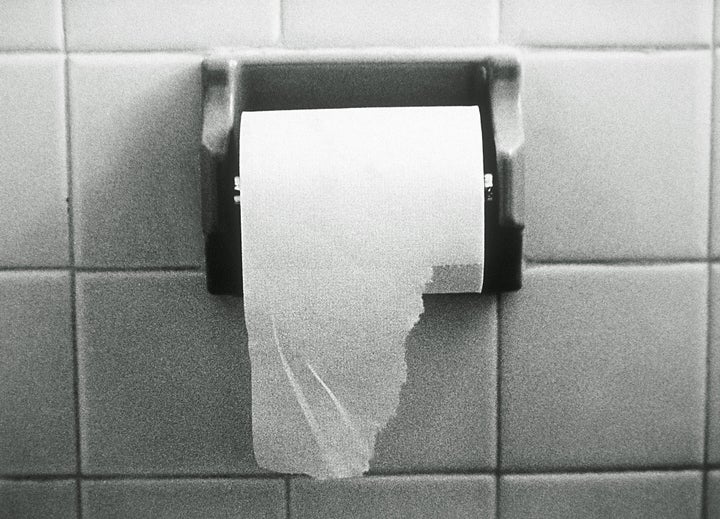For years, people have covered toilet seats in paper in a bid to prevent unwanted germs from getting on their bottoms.
But is it actually more hygienic? And, more importantly, is it safer from a health perspective?
Recent headlines suggest that you should “never” cover the toilet seat in a public bathroom with toilet roll, as the tissue actually harbours more germs that can cause illness.
However hygiene experts have said this is not actually something to worry about.
In fact, the chances of you getting sick from sitting on toilet paper or a toilet seat are very, very rare.

Recent articles suggest that by placing toilet paper on the seat, you are actually exposing yourself to more bacteria.
This is because toilet seats have a smooth, plastic surface which is specially-designed to prevent bacteria from surviving.
Experts said this much is true, however regardless of whether you use toilet paper on the seat or not, it’s very unlikely that you’re going to get sick from it.
Professor Val Curtis from the London School of Hygiene and Tropical Medicine told The Huffington Post UK that any bacteria living on a toilet seat will be “dead” within an hour.
“Some pathogens and viruses last a bit longer than that,” she explained. “But this is really an aesthetics issue because people feel disgusted by the idea of having their nether regions coming into contact with places that stranger’s nether regions have come into contact with.
“It’s much more of a psychological revulsion than a real public health risk.”
Professor Curtis added: “The world is full of bacteria. When you flush a toilet it spreads an aerosol of bacteria around the room and yes, there will be more bacteria lurking on the walls and toilet paper.
“But bacteria is still not going to live very long on toilet paper and the number of bacteria that are there is insignificant to public health.”
SEE ALSO:
Revealed: The Most Germ-Ridden Places In Your Office
Husband Thinks Women Should Wash Their Hands Before Using The Toilet, Cue Mass Debate
Curtis’ colleague Professor Sandy Cairncross, who is also from the London School of Hygiene and Tropical Medicine, added: “Bacteria are like citizens, most of them are harmless.”
He explained that pathogenic (or disease-causing) bacteria are often different in their environmental characteristics from indicator bacteria, which scientists use to indicate the presence of faeces.
“The presence of bacteria, even pathogenic bacteria, doesn’t automatically mean you’ll get sick if you have them on your skin, such as the skin of your backside,” he said.
“You’re more likely to get infected if they get on your hands and you put your hands in your mouth.
“Even then, most pathogenic bacteria will be killed by the acid in your stomach if you swallow them. Others are likely to be knocked out by your immune system, and so on.”
Professor Val Curtis said: “There’s a very tiny theoretical possibility that if somebody has a festering wound on their bottom and they sit on the toilet with broken skin, then they could pick up any number of bloodborne diseases or viruses.
“But I think it’s more likely that an airplane will fall on your head. It’s a very, very low level risk that we just don’t need to be worried about.”
Both experts said that the single, most important thing to do to keep you safe from undesirable bacteria is to wash your hands after going to the toilet.
Professor Curtis continued: “Otherwise anything you’ve contacted while you were in the toilet is going to get out of the toilet and into food and other people’s food, or transferred through handshakes on to other people’s hands.”